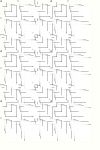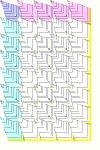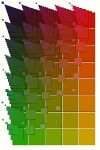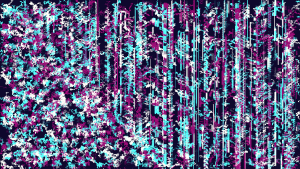Human Processed Algorithm 1 // 261018
| Result | Algorithm |
|---|---|
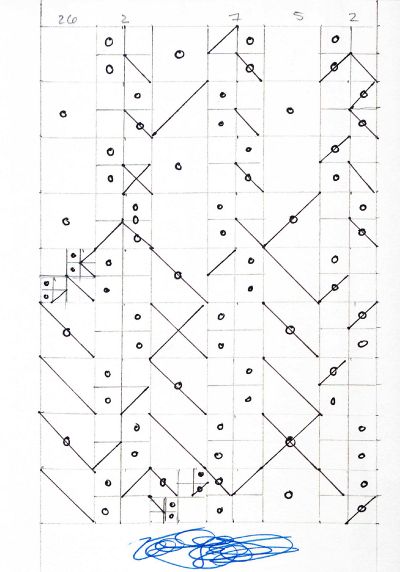
|
Human Processed Algorithm 1 Inspiration // Recursion
As a source of inspiration, architectural examples of recursive operations within facade design, such as LAVA : KACST HQ, form a basis for environmental and aesthetic building design, but the inclusion of personal data adds an additional layer of complexity. Following a basic level of recursion, the question of human ease was a driver in the specific operations which take place. The thought being, 'if the algorithm is too mathematically complex, then why not just have a computer act as operator', the instructions and dimensions were orchestrated into a regimented set of operations, while never crossing the line of expecting time-consuming computations to take place.
|
Algorithms for Computers 1 // 021118
| Result | Algorithm |
|---|---|
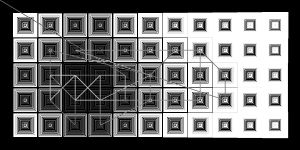 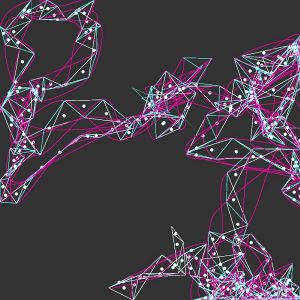 |
ReactiveGridCells AdjustedBrownianMotion
|
Human Processed Algorithm 2 // 091118
| Result | Algorithm |
|---|---|
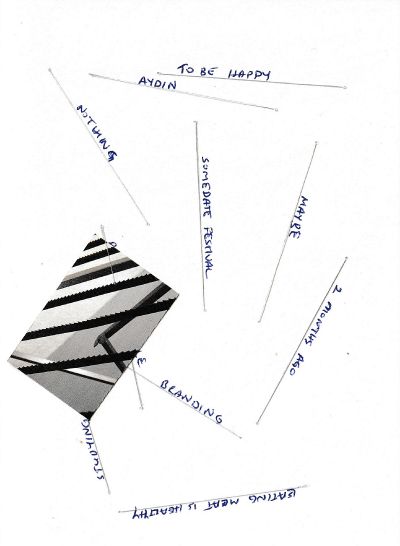 |
Human Processed Algorithm 2 Inspiration // Human Process
Counterbalancing the more or less strict routines of the first Human Processed Algorithm, HPA2 involves writing prompts and gap-solving from the operator. While the implementation is limited, instructions which skip the process for achieving and outcome and merely state the outcome desired are an interesting way to require creative input from the operator. Additionally, the end of the algorithm asks for the archival process to take place internally, thus utilizing the more algorithmic nature as a traditional time-saving device.
Inspiration //Multi-Media
Something that seems complex with computer operation is material manipulation or application. Due to this, HPA2 investigates the simple requests of multi-media involvement in a fashion that would be prohibitive in a computationally driven algorithm. In personal perspective, the personal or 'random' content which comes from the operator is much less of interest than the processes which are personally chosen - i.e. how to attach the cut images, how to attach the thread, how to create the margin limitations.
|
Algorithms for Computers 2 // 091118
| Result | Algorithm |
|---|---|
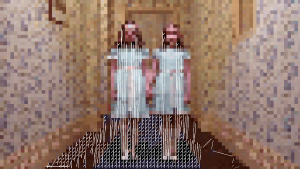
|
HallwayScenePlaythrough AleatoricMotionAgents
|
